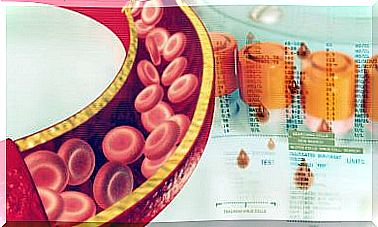Hansen’s Disease, A Gradual And Chronic Infection
Leprosy, also known as Hansen’s disease, is an infection that progresses gradually. Thus, several years, and occasionally much longer, may elapse from the moment of exposure to contagion, until the leprosy begins to manifest itself through definite symptoms. Then it will follow a long, slow course.
It is an infection that affects the skin and peripheral nerves, the most serious complications of which can be the loss of the sense of touch, the sensation of pain and temperature. In addition, it can cause deformities and other problems.
Once treated, leprosy is no longer contagious. And in relation to the treatment, it should be noted that this will depend on the form of the leprosy. However, in general, it usually includes antibiotics.
Let’s see more about this disease.
Hansen’s disease or leprosy
Leprosy is an infection that can be caused by bacterium Mycobacterium leprae or M. lepromatosis , which multiply slowly. It is transmitted directly, that is, from person to person, and mainly affects the skin (superficial tissues) and peripheral nerves.
It is not as contagious as you think. In fact, according to MSD Manual Short-term contact does not appear to spread the disease but rather, prolonged contact with an infected person.
The diagnosis is made based on a skin biopsy, in addition to serological tests. Then, depending on how advanced it is and, of course, the symptoms, the treatment is prescribed, which usually consists of antibiotics.
Who is affected and what are the symptoms?
Hansen’s disease can affect people of any age and gender. However, it has been observed that in adults, it tends to be more prevalent in men than in women.
Although it is true that in many countries (such as Spain) the number of cases does not usually exceed three per year, there are still several parts of the world where the disease is prevalent. Mainly, in rural areas with limited resources.
After infection, symptoms usually do not appear for up to a year. Since the peripheral nerves are affected, numbness and weakness are two of the possible symptoms to manifest. On the other hand, skin lesions vary depending on the type of leprosy (tuberculoid, lepromatous, or borderline).









